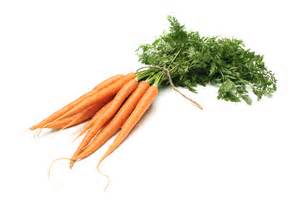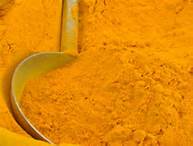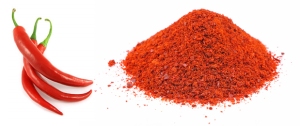From time to time I experience what most writers call, “writers block.” It is a mythical place where all my thoughts are blocked and my creative juices are shunted. But at last I am back in the saddle and ready to voice my fitness voice to the masses. This could be scary.
Anyways, I left you all with the first entry (of a two part series) on juicing titled I Got the Juice. In this masterpiece of blogging I discussed the benefits of adding juicing to your diet and all the positive effects it could have. NOW, I would like to take it a step further and write about the ingredients and what they do and how they benefit us as a human species. Boom! Here we go…
 Fact: You are what you eat. The most accurate statement you will read or hear all day. If you put “crap” into your body you will look (and feel) like “crap.” On the flip side, if you put nutrients your body wants and needs (and when they need and want them) you will look the best you ever have and feel the best you have ever felt. Also…Fact. “So whats the deal with juicing?” Well read the above blog first and then try it yourself. Give it three days and tell me how much better you feel. Because I know you will.
Fact: You are what you eat. The most accurate statement you will read or hear all day. If you put “crap” into your body you will look (and feel) like “crap.” On the flip side, if you put nutrients your body wants and needs (and when they need and want them) you will look the best you ever have and feel the best you have ever felt. Also…Fact. “So whats the deal with juicing?” Well read the above blog first and then try it yourself. Give it three days and tell me how much better you feel. Because I know you will.
Common Juice Ingredients:
Vegetables (organic)
Fruits (Organic)
Herbs and Spices
Vegetables:
Kale
Kale is a nutrient dense food that packs a high amount of nutrition to it. Considered a “super food” Kale supplies only 36 calories per cup of juice. Kale is rich source of Lutein, a cartotenoid and phytonutrient which acts as an antioxidant and blocks potential damage to the human body from ultraviolent rays. Kale also packs a punch with fat soluble vitamins, A and K as well as water soluble vitamin C.
Carrots
Juicing carrots is great for eye health. Regular carrot juice consumption can help protect against macular degeneration, night blindness, cataracts and astigmatism, according to juicing-for-health.com. Juicing carrots is also great for water retention (carrot juice is a natural diuretic), infection protection and congestion of the ear, nose and throat.
Spinach
Spinach is a nutrient packed vegetable and not just because Popeye used it! It contains large amounts of Vitamin K (about 1000% of the daily value in a single cup) which is good for blood health. Folate; a type of B vitamin that helps in the production of new cells as well as to maintain current cells in the body. This vitamin is especially important during pregnancy and infancy when cell production and division is occurring at an accelerated rate, states the National Institutes of Health. Potassium, calcium and iron are all big benefits of juicing spinach.
Fruits
Apples
Apples are high in fiber (lost in the juicing process), Vitamin C and Vitamin A. Juicing apples supplies a great deal of Vitamin A and vitamin C. An organic, natural apple helps aleviates rheumatism and arthritis pain.
Pineapple
Pineapple contains the enzyme bromelain, which has the ability to help the body balance and neutralize fluids and to stimulate hormonal secretions that aid digestion in the pancreas. Pineapple juice boosts the immune system because of the antioxidants that fight against the free radicals, which induce againing and cancer into the body.
Coconut
Coconut juice supplies above and beyond the daily intake for; fiber, calcium, and potassium.
Herbs and Spices
Tumeric
This herb has been growing in India for thousands of years and has been used for a variety of special concocsions. Turmeric draws its power from an active ingredient called curcumin. This compound is what gives turmeric its yellow color, pungent flavor and powerful therapeutic benefits. It is anti-inflammatory, antibacterial, stomach-soothing and loaded with antioxidants. Some benefits of tumeric include: disinfect cuts, great for you skin, ease arthitis pain, avoid stretch marks and boost liver function.
Cayenne Pepper
Capsaicin, the active ingredient in cayenne pepper, reduced calorie intake in participants of a clinical trial conducted by the Department of Food Science at the University of Copenhagen in Denmark. In the study, 27 participants ate calorie-restricted diets or diets with excess calories for three weeks, along with capsaicin, green tea and sweet pepper extract. The combination of all three resulted in a reduced calorie intake for those offered the excess calorie diet. Capsaicin with green tea suppressed appetite and increased satiety for those eating the calorie-restricted diet. The study was published in the June 2009 issue of the journal “Clinical Nutrition.”
Lemon Juice















Leave a Reply